Hawthorn, a Cardioprotective Herb Powerhouse
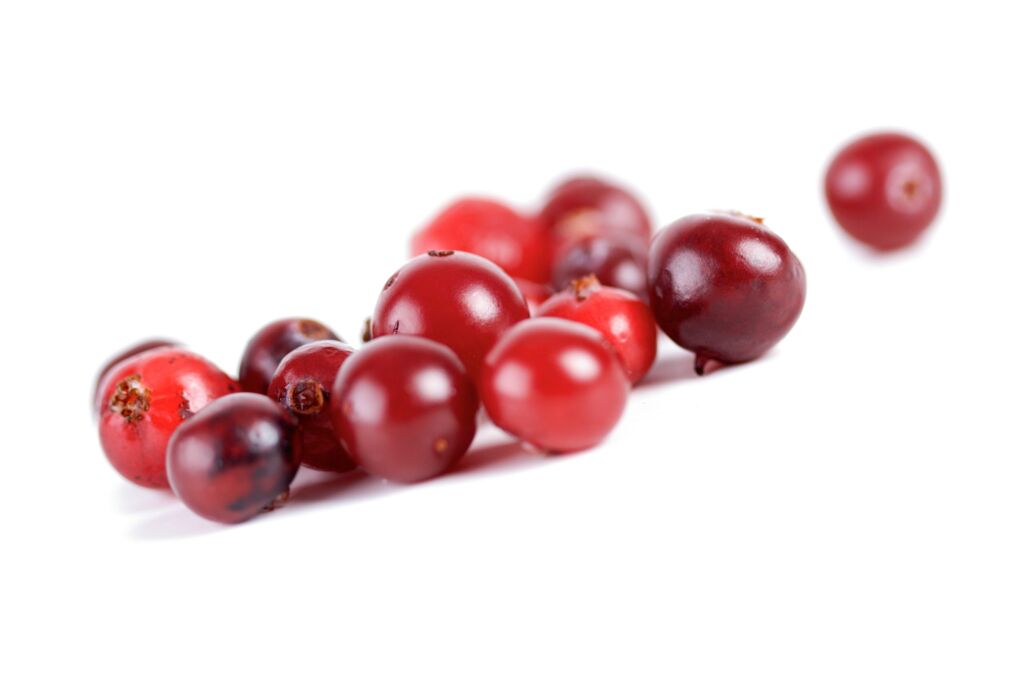
This week’s blog post is about the role hawthorn plays in preventing and treating cardiovascular disease (CVD). I’ve written a lot over the last several weeks about natural treatments for CVD and their mechanisms of action, including pomegranate and the Chinese herb Dan Shen. This week I’ll be continuing the conversation about CVD by talking about hawthorn, which is also a powerful cardioprotective herb.
What is hawthorn?
Hawthorn, also known as Crataegus oxycantha is a widely used herb in Chinese medicine, but its use is not limited to China. Hawthorn has also been used for the treatment of heart problems in North American for more than 200 years. Hawthorn is part of a genus of spiny shrubs and trees native to temperate regions of the Northern hemisphere in Europe, Asia and North America (1). A member of the Rosaceae family, hawthorn has bright green leaves, white flowers and bright red berries.
History of hawthorn
Hawthorn has long been used in folk medicine for the treatment of several health conditions, including diarrhea, gallbladder issues, insomnia, and asthma (2). The herb has also been used in Chinese medicine for digestive problems, hyperlipidemia, poor circulation and dyspnea and labored breathing (3). The use of hawthorn for the treatment of cardiovascular disease dates back to the late 1800s (4). Today, it is gaining attention for its potential cardiovascular protective properties (5), especially in the treatment of chronic congestive heart failure (CHF) (6).
As I discussed in the last post on Dan Shen, cardiovascular disease is the leading cause of death worldwide and represents a global health crisis. For this reason, safe and effective treatments for CVD are in high demand and that is why I’m focusing a lot of these articles over the last several weeks on natural treatments for CVD. Fortunately, hawthorn offers a lot of promise in reducing heart disease! In the next section I’ll briefly review the phytochemistry of hawthorn before going on to discuss its mechanisms of action on CVD, before finally giving practical advice for using hawthorn in clinical practice.
Chemical constituents of hawthorn
There are several different species of hawthorn hailing from different regions of the Northern hemisphere. The most common and best researched species appears to be Crataegus oxyacantha, although several other species appear to have similar health benefits. Products sold for health include tinctures, tables, teas and aqueous or alcoholic extracts made from the berries, leaves and flowers of the plant.
Hawthorn contains a variety of pharmacaogically active substances, such as flavonoids including vitexin, hyperoside, rutin and catechin/epicatechin derived oligomeric procyanadins (OPC). Other important constituents include triterpenic acids like ursolic, oleanolic and crataegolic acids, as well as phenol carboxylic acids such as chlorogenic and caffeic acids and several amines (7). These constituents have many important properties for health such as anti-oxidant and anti-inflammatory benefits, which I will review in more detail in t
To Read About Blog Topic, Scroll Down
Want To Work With Our Clinic?
Do you have a chronic or mystery illness that no one has been able to help you with? Are you simply wanting to re-connect with a healthier version of yourself? It’s Time To Finally Feel Better!
Antioxidant activity
Oxidative stress is a primary mechanism implicated in the pathogenesis of many forms of cardiovascular disease, so it follows that therapeutic interventions should possess antioxidant or free radical scavenging activites (8). Hawthorn has several possible mechanisms by which it may exert antioxidant activity, including preventing lipid peroxidation, reducing isoproterenol-induced decrease in antioxidant enzymes in the heart, and increasing the rate of ADP-stimulated oxygen uptake and respiratory coupling ratio (9).
Hawthorn also protects against structural and functional disturbances in heart mitochondria, which is significant because many forms of CVD are associated with mitochondrial dysfunction. One study found that pretreating myocardial infarction-induced rat hearts with an alcoholic extract of hawthorn maintained mitochondrial antioxidant status and prevented both mitochondrial lipid peroxidative damage and decreases in Krebs cycle enzymes induced by isoproterenol (10).
Another study evaluated the effects of hawthorn fruit extracts and some of their isolated flavonoids on mitochondrial membrane potential of isolated rat heart mitochondria. They found that the extract produced positive benefits by decreasing mitochondrial membrane potential. Similar effects were found with isolated hawthorn flavonoids. At high dose the hawthorn extract also slightly reduced the maximal ADP-stimulated and uncoupled respiration (11).
Anti-inflammatory effects
In addition to oxidative stress, a second factor contributing to the pathogenesis of CVD is chronic and uncontrolled inflammation (12). One in vitro study evaluated the effects of the water fraction of hawthorn fruit on LPS-stimulated RAW 264.7 cells. They found that hawthorn suppressed the expression of the inflammatory markers COX-2, TNF-α, IL-1β, and IL-6. The authors suggest that anti-inflammatory effects of hawthorn may result from the downregulation of expression of these inflammatory markers (13).
This conclusion is supported by other research in vivo which evaluated the effects of an alcoholic extract of hawthorn berries on isoproterenol-induced myocardial infarction in a rat model. Researchers observed that isoproterenol significantly increased the release of lactate dehydrogenase (LDH) and creatine kinase (CK) in serum, decreased antioxidant status in the heart and increased lipid peroxidation. In addition, increased nitritive stress and apoptosis were seen in the isoprotereno-induced rat heart. However, pre-treatment with hawthorn extract for 60 days significantly reduced these negative markers and maintained near normal status (14).
Other research found that hawthorn extract inhibited N-formyl-Met-Leu-Phe-induced superoxide anion generation and lipopolysaccharide-induced generation of TNF-α and IL-8. The extract also inhibited intracellular calcium signal and extracellular calcium entry into calcium-depleted neutrophils (15). These findings all speak to various anti-inflammatory effects of hawthorn and how they may confer cardioprotective effects. Next I’ll review some research on positive effects hawthorn has on contractions of the heart muscle.
Positive effects on heart muscle
Another mechanism of action for hawthorn may be a positive inotropic effect, or ability to amplify the contraction of the heart muscle. A special extract of hawthorn leaves and flowers called WS 1442 was used in this study. Researchers evaluated the effect of this extract on human myocardium from patients with congestive heart failure, as well as nonfailing controls. WS 1442 significantly increased the force of contraction and improved the frequency-dependent force generation in both the active and control groups. The authors conclude that their findings suggest a mechanism of action similar to the cAMP-independent positive inotropic action of cardiac glycosides, which are a class of organic compounds that increase the output force of the heart by acting on the sodium-potassium ATPase pump (16).
Preventing cardiac remodeling
In addition to strengthening heart muscle contractions, hawthorn has been demonstrated to prevent changes in heart structure associated with CVD. Also known as cardiac remodeling, these changes negatively influence heart function. In a study on rats subjected to pressure overload-induced cardiac hypertrophy, researchers found that hawthorn markedly reduced left ventricle chamber volumes after aortic constriction and augmented relative wall thickness. These results suggest that hawthorn exerts positive benefits that help to prevent cardiac remodeling associated with cardiac hypertrophy (17).
Vasodilating effects
In addition to the benefits I’ve already listed, hawthorn also protects the vasculature through its vasodilating properties. Hawthorn extract induces NO-mediated vasorelaxation (18). It was also shown to preserve endothelium-dependent relaxation and vascular contraction in streptozotocin- (STZ)-induced diabetes, potentially by reducing iNOS expression in the aorta and by decreasing plasma levels of TNF-α and IL-6, as well as by preventing lipid peroxidation (19). Other research suggests that hawthorn may also serve as a vasodilator by inhibiting the angiotensin-converting enzyme (ACE) (20).
Endothelial protection
Another important factor in atherosclerosis and heart failure is hyperpermeability of the endothelium, and subsequent edema (21). Other research on the effects of the WS 1442 hawthorn extract I mentioned in the previous section found that it protected against key determinants of endothelial permeability. In both in vitro and in vivo experiments, WS 1442 was found to protect against endothelial barrier dysfunction by blocking the Ca(2+)/PKC/RhoA pathway and activating the cAMP/Epac1/Rap1 pathway (22).
Protection against ischemia and reperfusion injury
Impaired blood flow (ischemia) and subsequent restoration of blood flow to an organ or tissue (reperfusion) can injure endothelial cells and contribute to enhanced leukocyte adhesion, increased oxygen free radical production and mast cell degranulation. Therefore, minimizing circulatory disturbances can help protect against the pathogenesis of CVD. Several studies show that hawthorn extract WS 1442 can reduce the deterioration of contractile function and infarct size in rat myocardium exposed to prolonged ischemia and reperfusion (23). It also has been shown to reduce the prevalence of malignant arrhythmias and ventricular tachycardia (24). In addition, hawthorn also protected antioxidant enzyme activity from isoproterenol-induced decrease (9).
Improved lipid markers
Altered lipid markers are associated with an increased risk for CVD and hawthorn appears to improve several of these markers. One study found that hawthorn reduced blood lipids in ApoE gene deficient atherosclerotic mice fed an atherogenic diet. Specifically, hawthorn significantly reduced the LDL : total cholesterol ratio and triglyceride levels (25). Another study found that the flavonoids fraction of hawthorn leaf (Crataegus pinnatifada species) inhibited triglyceride and glucose absorption and accelerated gastrointestinal transit time. It also suppressed the gene expression of C/EBPα, PPARγ, SREBP 1c, aP2 and adiponectin, leading researchers to suggest that hawthorn leaf may be helpful for reducing hyperlipidemia (26).
Human studies
Most of the research I’ve presented so far has been from in vitro and animal studies and has gone into detail about proposed mechanisms of action, but of course petri dish and animal research do not always translate into humans. In this section I’ll present information about randomized, placebo-controlled studies that have been performed in humans.
One 3-year open cohort study of 372 patients with heart failure evaluated the effects of WS 1442 hawthorn extract in addition to standard medications, as compared to standard medications and placebo. They found that maximal workload, left ventricular ejection fraction and pressure-heart rate product increase at 50 W ergometric exercised improved more in active treatment than in placebo patients. In addition, typical symptoms like reduced exercise tolerance, exertional dyspnea (labored breathing), weakness, fatigue and palpitations improved more in active treatment than in the placebo group (27).
Another study of 100 chronic heart failure patients found similar improvements to maximal workload, left ventricular ejection fraction and pressure-heart rate product increase, as well as a significant reduction of systolic blood pressure and heart rate. No severe side effects were observed (28). A final larger randomized, double-blind, placebo-controlled study of 2681 congestive heart failure patients found that WS 1442 reduced sudden cardiac death by 39.7% (29).
Hypertension
Other research has also found anti-hypertensive effects of hawthorn. A trial that involved 79 type 2 diabetic patients found that 1200mg of hawthorn extract daily for 16 weeks resulted in a significant mean diastolic blood pressure reductions as compared to placebo (30). Another study found that hawthorn significantly reduced resting diastolic blood pressure, as well as anxiety after 10 weeks (31).
Clinical application of hawthorn
In most of the studies I found, adverse effects to hawthorn were mild to moderate and oral hawthorn was generally well tolerated. In fact, one systematic review that included 29 clinical studies comprised of 7311 patients found relatively few adverse events were reported. Only 166 such events (2.27%) were reported, the vast majority of which were mild to moderate. Best results appear to occur after about 10 weeks and hawthorn should be used for at least four to eight weeks for full benefit. The recommended dosage depends on the type of hawthorn preparation used (32).
In summary
In conclusion, the benefits of hawthorn supported in research include:
- Antioxidant effects
- Antiinflammatory effects
- Inotropic effect (increasing force of heart beat)
- Prevents cardiac remodeling
- Vasodilating effects
- Endothelial protection
- Protection against ischemia and reperfusion
- Improved lipid markers
- Hawthorn is safe and well tolerated
Hawthorn is well supported in research for its cardioprotective benefits and can be an important part of alleviating the significant cardiovascular disease burden!
Want help with your health? Book a free health evaluation call to see if you are a good fit for our clinic by clicking the button on the left below. If you are a clinician interested in advancing your training, please check out our online worldwide functional medicine training institute by clicking the button on the right below.
Book My Free Phone Health Evaluation Functional Medicine Certification for Clinicians
References
- Dahmer, S, and E Scott. “Health Effects of Hawthorn.” American Family Physician, vol. 81, no. 4, 2010, pp. 465–8.
- Farnsworth NR, Beecher CWW, Fong HHS. The NAPPALERT database: linking traditional and modern medicine. Essential Drugs Monitor. 1995;(20):2–3.
- Rigelsky, J M, and B V Sweet. “Hawthorn: Pharmacology and Therapeutic Uses.” American Journal of Health-System Pharmacy, vol. 59, no. 5, 2002, pp. 417–22.
- Marty AT. PDR for herbal medicines. Journal of the American Medical Association. 1999;281(19):1853–1854.
- Koch, Egon, and Fathi Malek. “Standardized Extracts from Hawthorn Leaves and Flowers in the Treatment of Cardiovascular Disorders – Preclinical and Clinical Studies.” Planta Medica, vol. 77, no. 11, July 2011, pp. 1123–1128., doi:10.1055/s-0030-1270849.
- Long, S.r., et al. “Effect of Hawthorn (Crataegus Oxycantha) Crude Extract and Chromatographic Fractions on Multiple Activities in a Cultured Cardiomyocyte Assay.”Phytomedicine, vol. 13, no. 9-10, 2006, pp. 643–650., doi:10.1016/j.phymed.2006.01.005.
- Chang, Qi, et al. “Hawthorn.” The Journal of Clinical Pharmacology, vol. 42, no. 6, 2002, pp. 605–612., doi:10.1177/00970002042006003.
- Taimor, G, et al. “Apoptosis Induction by Nitric Oxide in Adult Cardiomyocytes via CGMP-Signaling and Its Impairment after Simulated Ischemia.” Cardiovascular Research, vol. 45, no. 3, 2000, pp. 588–594., doi:10.1016/s0008-6363(99)00272-2.
- Jayalakshmi, R., and S. Niranjali Devaraj. “Cardioprotective Effect of Tincture OfCrataeguson Isoproterenol-Induced Myocardial Infarction in Rats.” Journal of Pharmacy and Pharmacology, vol. 56, no. 7, 2004, pp. 921–926., doi:10.1211/0022357023745.
- Jayalakshmi, R., et al. “Pretreatment with Alcoholic Extract of Shape Crataegus Oxycantha (AEC) Activates Mitochondrial Protection during Isoproterenol – Induced Myocardial Infarction in Rats.” Molecular and Cellular Biochemistry, vol. 292, no. 1-2, 2006, pp. 59–67., doi:10.1007/s11010-006-9218-3.
- Bernatoniene, J., et al. “The Effect of Crataegus Fruit Extract and Some of Its Flavonoids on Mitochondrial Oxidative Phosphorylation in the Heart.” Phytotherapy Research, vol. 23, no. 12, 2009, pp. 1701–1707., doi:10.1002/ptr.2815.
- Gong, K. Z., et al. “Activation of Immune and Inflammatory Systems in Chronic Heart Failure: Novel Therapeutic Approaches.” International Journal of Clinical Practice, vol. 61, no. 4, 2007, pp. 611–621., doi:10.1111/j.1742-1241.2007.01295.x.
- Li, Chunmei, and Myeong-Hyeon Wang. “Anti-Inflammatory Effect of the Water Fraction from Hawthorn Fruit on LPS-Stimulated RAW 264.7 Cells.” Nutrition Research and Practice, vol. 5, no. 2, 2011, p. 101., doi:10.4162/nrp.2011.5.2.101.
- Vijayan, Navin Alukkathara, et al. “Anti-Inflammatory and Anti-Apoptotic Effects of Crataegus Oxyacantha on Isoproterenol-Induced Myocardial Damage.” Molecular and Cellular Biochemistry, vol. 367, no. 1-2, 2012, pp. 1–8., doi:10.1007/s11010-012-1251-9.
- Dalli, E, et al. “Hawthorn Extract Inhibits Human Isolated Neutrophil Functions.”Pharmacological Research, vol. 57, no. 6, 2008, pp. 445–450., doi:10.1016/j.phrs.2008.05.001.
- Schwinger, Robert H. G., et al. “Crataegus Special Extract WS 1442 Increases Force of Contraction in Human Myocardium CAMP-Independently.” Journal of Cardiovascular Pharmacology, vol. 35, no. 5, 2000, pp. 700–707., doi:10.1097/00005344-200005000-00004.
- Hwang, Hyun Seok, et al. “Effects of Hawthorn on Cardiac Remodeling and Left Ventricular Dysfunction after 1Â Month of Pressure Overload-Induced Cardiac Hypertrophy in Rats.”Cardiovascular Drugs and Therapy, vol. 22, no. 1, 2008, pp. 19–28., doi:10.1007/s10557-008-6082-2.
- Anselm, Eric, et al. “Crataegus Special Extract WS 1442 Causes Endothelium-Dependent Relaxation via a Redox-Sensitive Src- and Akt-Dependent Activation of Endothelial NO Synthase but Not via Activation of Estrogen Receptors.” Journal of Cardiovascular Pharmacology, vol. 53, no. 3, 2009, pp. 253–260., doi:10.1097/fjc.0b013e31819ccfc9.
- Topal, Gökçe, et al. “Effects OfCrataegus Microphyllaon Vascular Dysfunction in Streptozotocin-Induced Diabetic Rats.” Phytotherapy Research, vol. 27, no. 3, 2012, pp. 330–337., doi:10.1002/ptr.4726.
- Miller, Lucinda G. “Herbal Medicinals: Selected Clinical Considerations Focusing on Known or Potential Drug-Herb Interactions.” Archives of Internal Medicine, vol. 158, no. 20, Sept. 1998, p. 2200., doi:10.1001/archinte.158.20.2200.
- Poredos, P. “Endothelial Dysfunction in the Pathogenesis of Atherosclerosis.” International Angiology, vol. 21, no. 2, 2002, pp. 109–16.
- Bubik, Martin F., et al. “A Novel Approach to Prevent Endothelial Hyperpermeability: The Crataegus Extract WS® 1442 Targets the CAMP/Rap1 Pathway.” Journal of Molecular and Cellular Cardiology, vol. 52, no. 1, 2012, pp. 196–205., doi:10.1016/j.yjmcc.2011.10.020.
- Wang J, Xiong X, Feng B. Effect of Crataegus Usage in Cardiovascular Disease Prevention: An Evidence-Based Approach. Evidence-based Complementary and Alternative Medicine : eCAM. 2013;2013:149363. doi:10.1155/2013/149363.
- Makdessi, S. Al, et al. “Protective Effect of Crataegus Oxyacantha against Reperfusion Arrhythmias after Global No-Flow Ischemia in the Rat Heart.” Basic Research in Cardiology, vol. 94, no. 2, Jan. 1999, pp. 71–77., doi:10.1007/s003950050128.
- Xu, Hong, et al. “A Study of the Comparative Effects of Hawthorn Fruit Compound and Simvastatin on Lowering Blood Lipid Levels.” The American Journal of Chinese Medicine, vol. 37, no. 05, 2009, pp. 903–908., doi:10.1142/s0192415x09007302.
- Wang, Tao, et al. “Regulation Effects Of Crataegus PinnatifidaLeaf on Glucose and Lipids Metabolism.” Journal of Agricultural and Food Chemistry, vol. 59, no. 9, Nov. 2011, pp. 4987–4994., doi:10.1021/jf1049062.
- Eggeling, Thomas, et al. “Baseline Severity but Not Gender Modulates Quantified Crataegus Extract Effects in Early Heart Failure – A Pooled Analysis of Clinical Trials.”Phytomedicine, vol. 18, no. 14, 2011, pp. 1214–1219., doi:10.1016/j.phymed.2011.06.022.
- Schmidt, U., et al. “Efficacy of the Hawthorn (Crataegus) Preparation LI 132 in 78 Patients with Chronic Congestive Heart Failure Defined as NYHA Functional Class II.”Phytomedicine, vol. 1, no. 1, 1994, pp. 17–24., doi:10.1016/s0944-7113(11)80018-8.
- Holubarsch, Christian J.f., et al. “The Efficacy and Safety of Crataegus Extract WS® 1442 in Patients with Heart Failure: The SPICE Trial.” European Journal of Heart Failure, vol. 10, no. 12, 2008, pp. 1255–1263., doi:10.1016/j.ejheart.2008.10.004.
- Belz, G.g., et al. “Camphor-Crataegus Berry Extract Combination Dose-Dependently Reduces Tilt Induced Fall in Blood Pressure in Orthostatic Hypotension.” Phytomedicine, vol. 9, no. 7, 2002, pp. 581–588., doi:10.1078/094471102321616382.
- Walker, A F, et al. “Hypotensive Effects of Hawthorn for Patients with Diabetes Taking Prescription Drugs: a Randomised Controlled Trial.” The British Journal of General Practice, vol. 56, no. 527, 2006, pp. 437–43.
- Wang J, Xiong X, Feng B. Effect of Crataegus Usage in Cardiovascular Disease Prevention: An Evidence-Based Approach. Evidence-based Complementary and Alternative Medicine : eCAM. 2013;2013:149363. doi:10.1155/2013/149363.
Are You Suffering From A Chronic Illness?
Does your current health situation look like this…
- Do you feel that you have tried many things and either nothing works, or the treatment does not hold?
- Have you been told that there is nothing that can be done to reverse your illness and you just need to manage symptoms?
- Does your illness impact your work, your family, your happiness and your social life?
We specialize in finding answers and solutions for complicated chronic illness when people feel like they have tried everything. If this sounds like you, book a free call with us to see if we are the right fit for your health goals.
Dr. Miles has spoken for the following organizations:

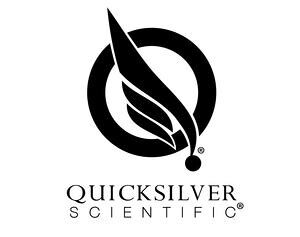


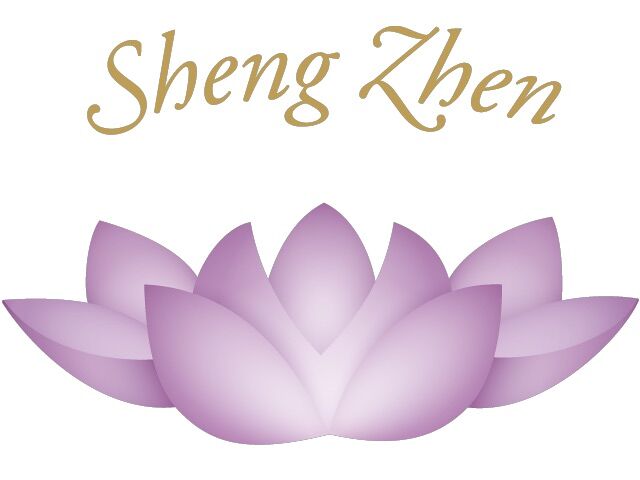
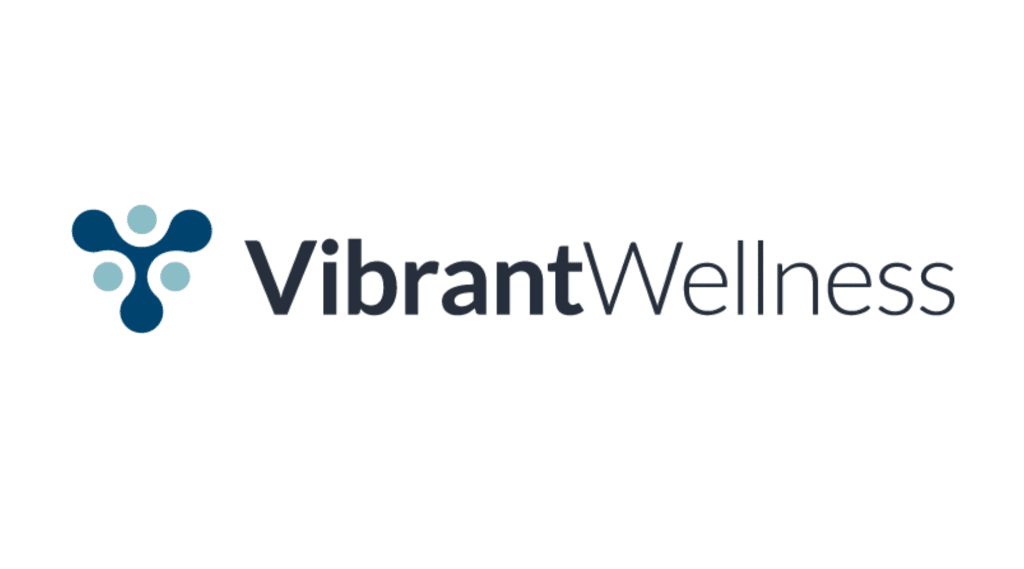


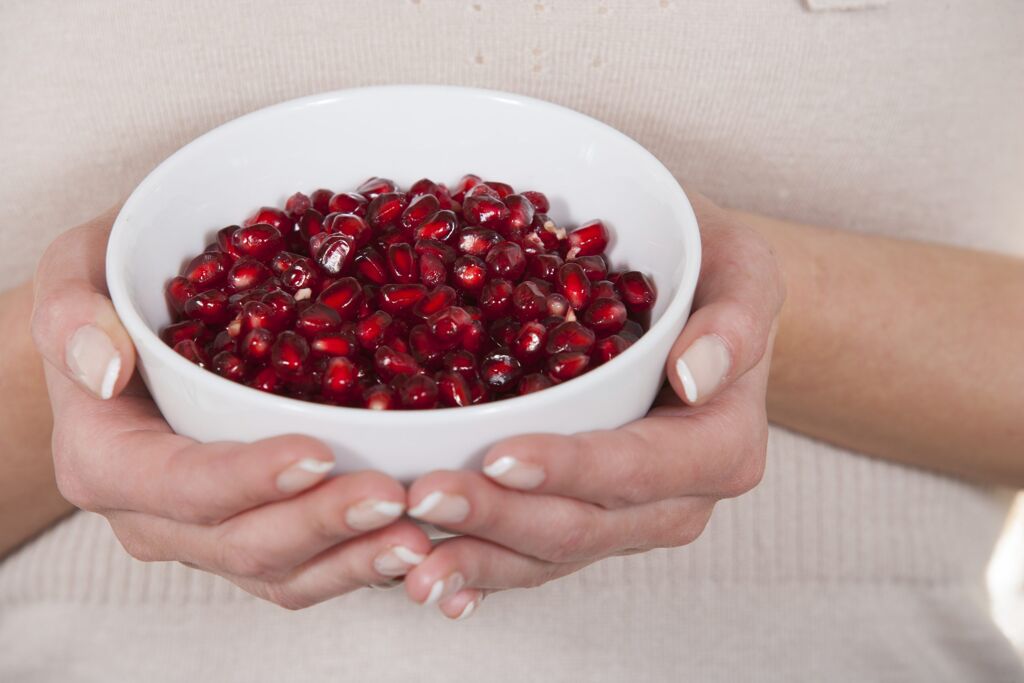







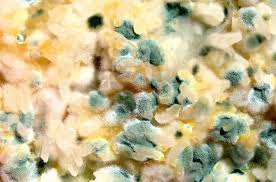

Responses